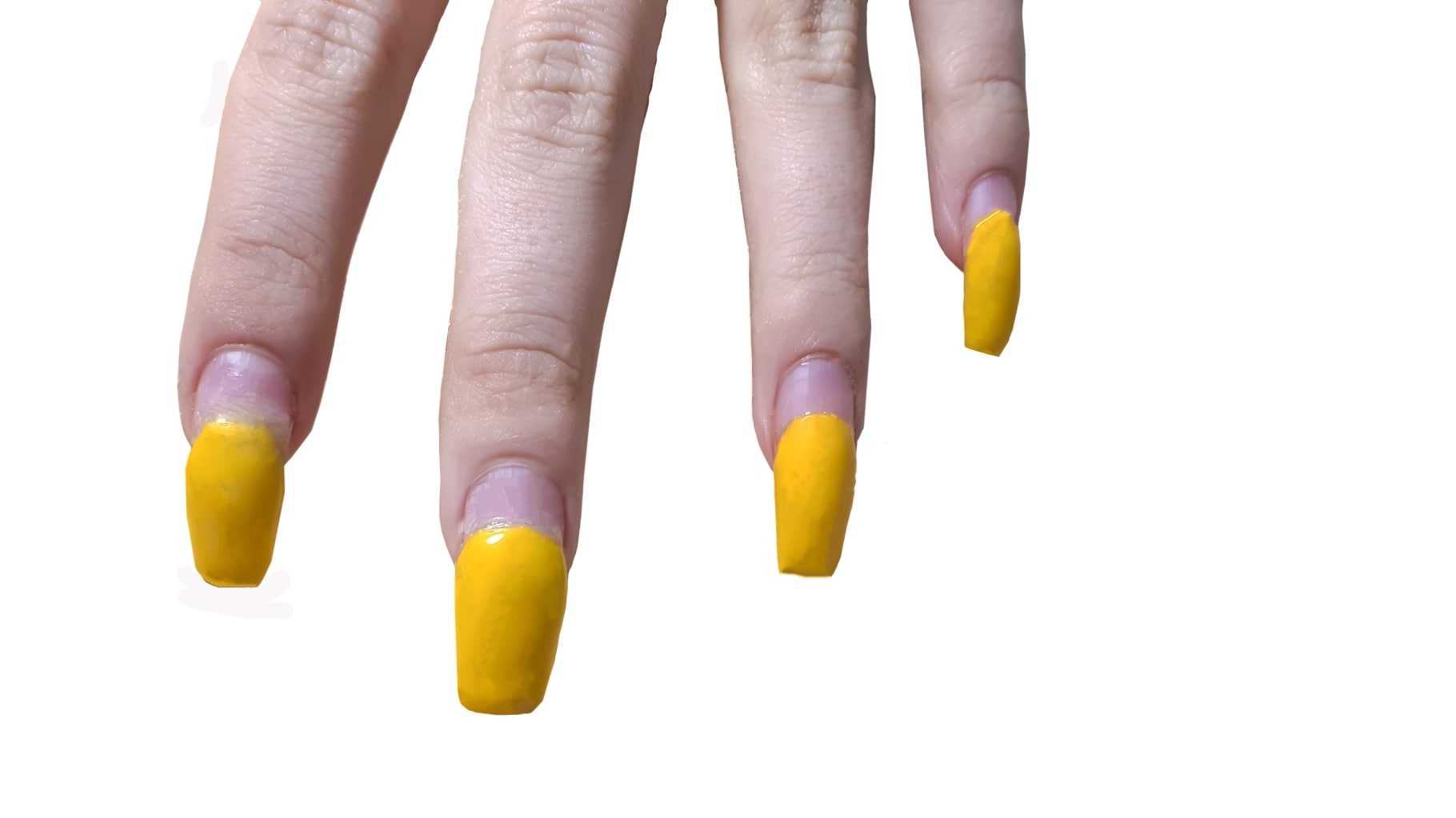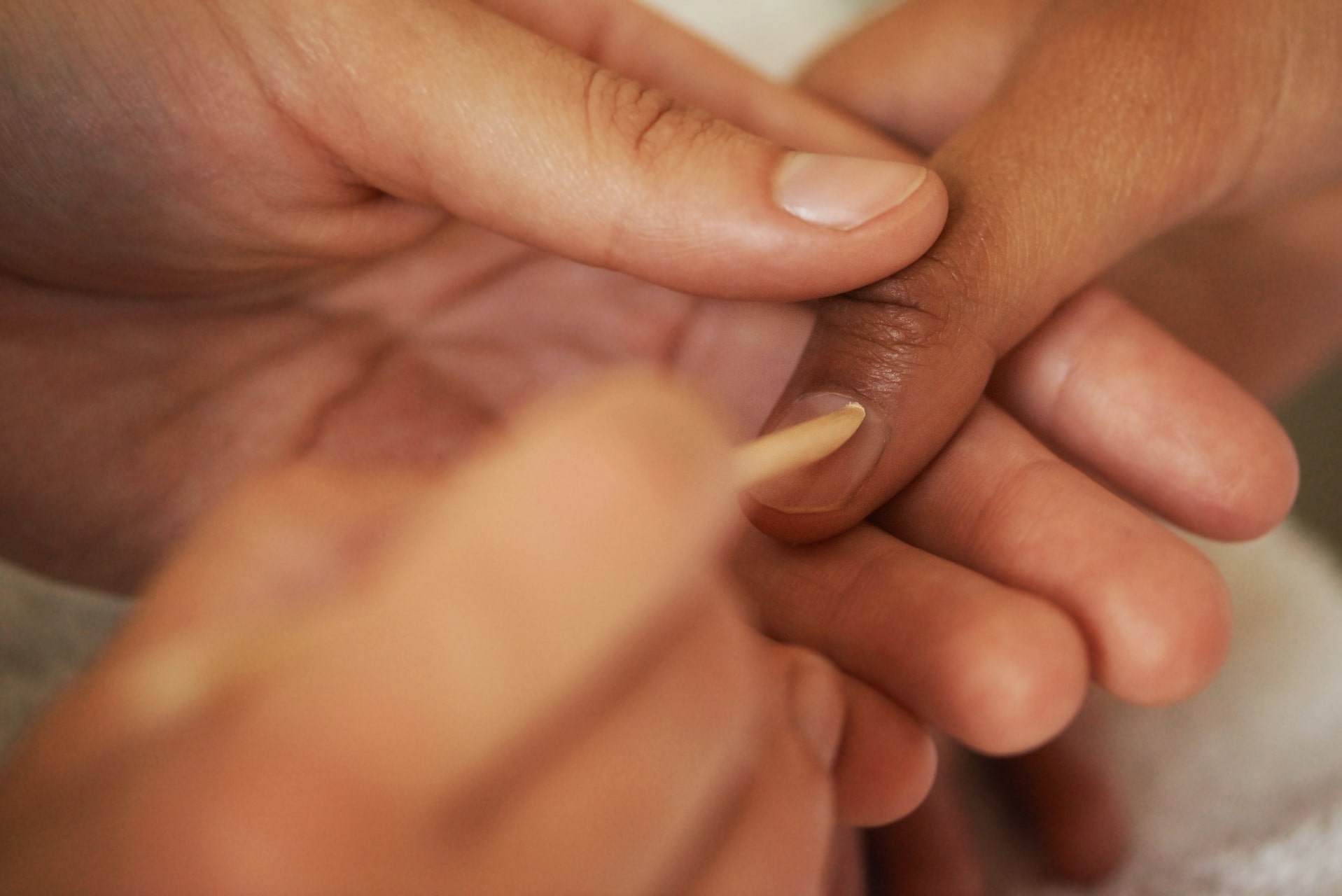Nail files are essential tools in any nail care routine, but not all files are created equal. The grit of a nail file determines its coarseness and suitability for different nail care tasks. Whether you’re shaping natural nails, smoothing out acrylics, or prepping for a gel manicure, using the correct nail file grit is crucial to achieving the best results. Here’s a guide to the different types of nail file grits and how to use them effectively during the nail-making process.
What is Nail File Grit?
The term “grit” refers to the coarseness of the abrasive material on a nail file. It is measured by the number of abrasive particles per square inch on the file. The lower the grit number, the coarser the file; conversely, the higher the grit number, the finer the file. Understanding these numbers can help you choose the right file for your specific needs.
Common Nail File Grits and Their Uses
- 80-100 Grit: Extra Coarse Uses:
This is the roughest grit available and is primarily used for heavy-duty tasks. It is ideal for removing hard materials like acrylic nails or gel extensions. The coarse texture quickly removes bulk and shortens length. When to Use:
Use an 80-100 grit file only on artificial nails, never on natural nails, as it can be too harsh and may damage them. - 150-180 Grit: Coarse to Medium Uses:
Files with 150-180 grit are used for shaping and refining artificial nails, such as acrylics or hard gels. They help to remove the initial thickness and shape the nail into the desired form. When to Use:
This grit is perfect for refining the shape of artificial nails after the bulk has been removed with an extra coarse file. It can also be used to gently file down thicker natural nails, but with caution. - 240 Grit: Fine Uses:
The 240 grit file is commonly used for shaping natural nails. It’s gentle enough to prevent damage but effective in shaping and smoothing edges. This grit is also used to smooth out the surface of artificial nails before applying polish or gel. When to Use:
Use a 240 grit file when you need to shape natural nails or gently smooth the surface of artificial nails without causing scratches. - 400-600 Grit: Extra Fine Uses:
Extra fine grits like 400-600 are used for buffing the surface of the nails. They smooth out any ridges and create a matte finish, which is ideal for prepping the nail for gel polish application. These files are also good for finishing touches on both natural and artificial nails. When to Use:
Use these grits during the final stages of nail preparation to create a smooth, even surface for polish or nail art. They can also be used to gently buff natural nails for a subtle shine. - 1000-4000 Grit: Ultra-Fine Buffers Uses:
These ultra-fine grits are primarily used for buffing and polishing the nails to a high shine. They create a glossy, glass-like finish without the need for a top coat. They are perfect for giving natural nails a healthy shine or finishing off a manicure. When to Use:
Use these buffers after all filing and shaping is complete. They can be used on both natural and artificial nails to give them a smooth, shiny finish.
Tips for Using Nail Files
- Choose the Right Grit: Always choose a nail file with the appropriate grit for the task at hand. Using a file that is too coarse can damage natural nails, while using one that is too fine may not be effective for removing bulk from artificial nails.
- Use a Gentle Motion: When filing natural nails, always file in one direction to prevent splitting or peeling. Avoid sawing back and forth, which can weaken the nail.
- Sanitize Your Tools: Nail files can harbor bacteria, so it’s important to sanitize them after each use. For personal use, clean with soap and water and disinfect with alcohol. For professional use, ensure files are sterilized or use disposable files.
- Replace When Needed: Nail files can wear down over time, becoming less effective. If a file feels smooth or isn’t working as well as it used to, it’s time to replace it.
Understanding the different types of nail file grits and their uses is key to achieving a perfect manicure or pedicure. Whether you’re a professional nail technician or a DIY enthusiast, choosing the right file for each step of the process ensures healthy, beautiful nails. So next time you’re prepping your nails, remember to pick the right grit for the job and enjoy the perfect finish!




